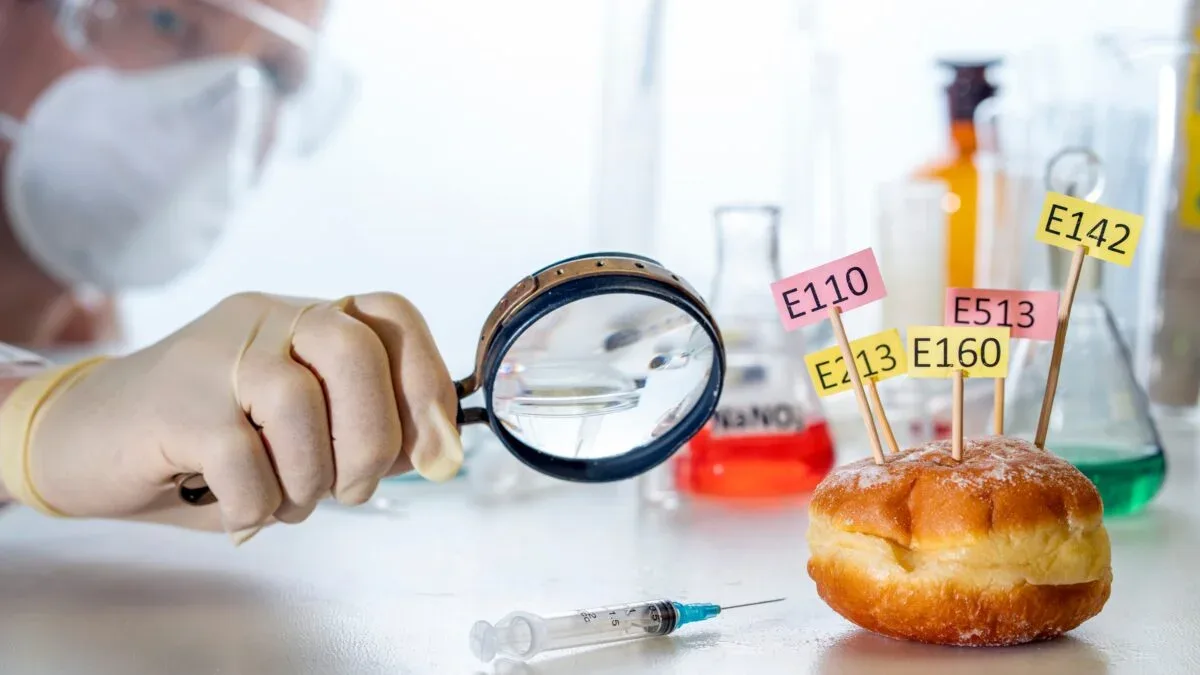State Food Additive Bans Signal a Shift in Regulatory Priorities
April 24, 2025In 2025, states across the U.S. have turned up the heat on food additive regulations—particularly those targeting synthetic ingredients and artificial colorants. This growing patchwork of laws could create significant compliance challenges for manufacturers, school districts, and food service providers operating across multiple states.
The trend builds on momentum from the California Food Safety Act, the first-of-its-kind legislation banning several additives deemed potentially harmful.
West Virginia: Strict Ban with Enforcement Teeth
Under West Virginia’s newly passed legislation, any food containing certain synthetic dyes and preservatives will be deemed “adulterated” and illegal to sell or manufacture within the state—unless produced by a small food manufacturer (defined as generating less than $5,000 in gross revenue). Banned substances include:

-
Butylated hydroxyanisole (BHA)
-
Propylparaben
-
Blue Nos. 1 & 2
-
Green No. 3
-
Red Nos. 3 & 40
-
Yellow Nos. 5 & 6
Penalties are significant for violators, and the law includes additional restrictions on school nutrition programs, which will prohibit the use of these dyes starting August 1, 2025. The broader manufacturing ban takes effect January 1, 2028.
Virginia: School Lunches Under Scrutiny
Virginia has enacted a parallel statute targeting public school meals. Effective in 2025, public elementary and secondary schools are prohibited from offering students any food that contains the same seven color additives—Blue, Green, Red, and Yellow synthetic dyes.
These legislative moves reflect a national reevaluation of the safety and acceptability of synthetic additives, especially in foods served to children.
“This isn’t just a California story anymore,” says David Graham, Senior Counsel at Gardner Law. “States are stepping in where federal regulation has stalled. If you're selling food products across state lines, these bans aren’t just symbolic—they carry real consequences for your formulations, labeling, and distribution strategies.”
FDA Joins the Movement: Federal Phase-Out Announced
On April 22, 2025, the U.S. Food and Drug Administration (FDA), in collaboration with the Department of Health and Human Services (HHS), announced a national initiative to phase out petroleum-based synthetic dyes from the U.S. food supply.
This policy shift is part of a broader federal effort to align food safety practices with current science and public health priorities. Key components of the FDA’s plan include:
-
Establishing a national standard and timeline for phasing out petrochemical-based dyes in favor of natural alternatives.
-
Initiating the process to revoke approval for Citrus Red No. 2 and Orange B.
-
Committing to the full removal of FD&C Green No. 3, Red No. 40, Yellow Nos. 5 & 6, and Blue Nos. 1 & 2 by the end of next year.
-
Authorizing four new natural color additives and expediting review for others.
-
Collaborating with the National Institutes of Health (NIH) to expand research on how food additives affect children’s health and development.
-
Encouraging the voluntary early removal of FD&C Red No. 3 ahead of previously announced deadlines.
These actions mark one of the most significant federal overhauls of food color regulation in decades—and signal to industry that the era of petroleum-based dyes is nearing its end.
What’s Next: Federal Pressure and GRAS Reform
In parallel with state efforts, the FDA is considering sweeping changes to the Generally Recognized as Safe (GRAS) process—particularly for self-affirmed GRAS substances that lack updated toxicological support. Draft guidance and stakeholder comments suggest that the FDA may require companies to submit more robust, peer-reviewed scientific evidence to support GRAS status, especially for ingredients used in children’s foods or those with cumulative exposure risks. The agency is also exploring enhanced transparency measures, such as publishing self-affirmed GRAS determinations and requiring manufacturers to notify FDA before market entry. Together, state bans and federal reforms mark a decisive shift toward greater scrutiny, transparency, and safety in food additive approvals.
Is Your Business Prepared?
The regulatory landscape for food additives is evolving fast. If your company manufactures, distributes, or sells food products that may contain synthetic additives or dyes, it’s critical to review your current formulations and labeling practices now.
Gardner Law’s team of food and drug regulatory attorneys can help you:
-
Audit your ingredient lists and identify at-risk additives
-
Prepare for upcoming state compliance deadlines
-
Navigate reformulated product approvals and GRAS updates
Don’t wait for enforcement to come knocking. Schedule a call with David Graham, Gardner Law's senior counsel with nearly 4 decades of food law practice, to get moving on developing a proactive compliance strategy to protect your products across all 50 states.